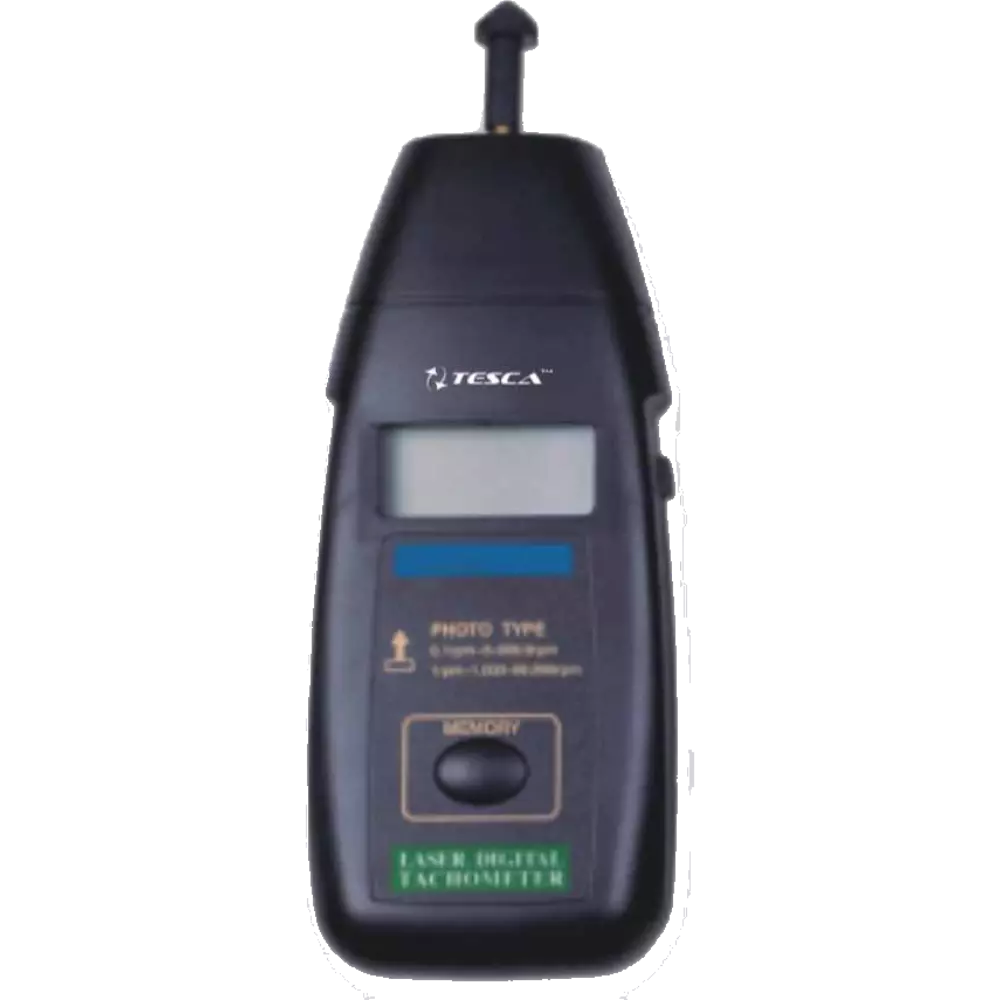Leading Reasons That Every Vehicle Driver Demands a High-Quality Tachometer
Leading Reasons That Every Vehicle Driver Demands a High-Quality Tachometer
Blog Article
The Value of a Tachometer in Keeping Track Of Engine Rate and Performance in Automotive Applications
In the world of automotive engineering, the tachometer stands as a critical instrument in the motorist's collection, giving a direct window into the inner workings of a car's engine. Beyond its function as a simple gauge of transformations per minute (RPM), the tachometer serves as a vital device for fanatics and specialists alike, supplying real-time understandings right into engine efficiency and wellness.
Relevance of Checking Engine RPM
Monitoring engine RPM, or changes per min, is a critical facet of auto upkeep and efficiency examination. Engine RPM straight associates with the speed at which the engine's crankshaft turns, suggesting how rapidly the engine is running - tachometer. By keeping track of RPM, mechanics can assess the health of the engine, detect possible concerns, and fine-tune efficiency. An irregular RPM reading may signify troubles such as engine misfires, malfunctioning ignition system, or issues with the fuel delivery system. Consistently high RPM analyses might suggest aggressive driving behaviors or the demand for a greater gear change to enhance fuel efficiency.
Moreover, monitoring engine RPM is important for performance evaluation in auto racing and high-performance automobiles. Maintaining optimum RPM degrees is essential for attaining peak power outcome and velocity. Racers commonly use tachometers to ensure they are operating within the excellent RPM variety for optimum performance. In summary, checking engine RPM is not only important for discovering problems but also for enhancing engine efficiency in numerous automobile applications.

Advantages of Real-Time Information
In automotive applications, real-time data plays an essential function in supplying instantaneous understandings right into the efficiency and problem of the automobile. By continually keeping track of different specifications such as engine rate, temperature, fuel usage, and much more, real-time data provides various benefits that contribute to enhanced efficiency and safety on the road.
Furthermore, real-time data promotes performance optimization by giving instant feedback on driving routines and engine efficiency. Vehicle drivers can change their actions in real-time based on this info to achieve much better fuel economic situation and prolong the life-span of their car.

Additionally, real-time data plays a crucial duty in contemporary vehicle diagnostics, allowing technicians to swiftly detect and deal with malfunctions. This brings about decreased downtime, lower maintenance expenses, and eventually, boosted general vehicle reliability and durability (tachometer). By harnessing the power of real-time data, automobile stakeholders can make informed decisions that favorably influence both the efficiency and long life of the lorry
Influence on Equipment Shifts
Efficient gear shifts in vehicle applications significantly influence general efficiency and driving experience. The tachometer plays a critical role in optimizing gear shifts by offering real-time engine speed data to the motorist. When coming close to the redline on the tachometer, it signifies the vehicle driver to upshift to stop over-revving the engine and causing prospective damage. On the other hand, downshifting at the best moment can assist preserve the engine in its power band, making sure receptive velocity when needed.
Additionally, the tachometer aids in accomplishing smoother gear transitions, particularly in manual transmissions. By monitoring engine rate, vehicle drivers can implement equipment shifts at the optimal RPM range, lowering snagging motions and reducing wear on the Read Full Report transmission parts. This accuracy in gear changes not just improves driving comfort yet additionally adds to fuel performance.
Enhancing Fuel Efficiency
Offered the important function the tachometer plays in optimizing equipment shifts for performance and engine wellness, it directly contributes to maximizing gas effectiveness in automotive applications. By supplying real-time feedback on engine rate, the tachometer helps drivers in keeping the most reliable RPM variety for gas economic climate. When drivers continually keep track of the tachometer and readjust their driving behaviors accordingly, they can stay clear of unneeded gas intake triggered by over-revving or hauling the engine.
Additionally, the tachometer aids chauffeurs recognize the most fuel-efficient equipment to be in at any provided minute, avoiding the engine from working harder Learn More than required. This is particularly vital during acceleration and travelling, where remaining in the right gear can dramatically impact fuel performance. In addition, the tachometer can notify motorists to possible mechanical more info here issues that could be negatively impacting gas economy, such as a slipping clutch or a blocked air filter. To conclude, the tachometer works as a valuable tool in improving gas performance by advertising optimal driving practices and determining areas for enhancement in the automobile's efficiency.

Optimizing Engine Long Life
The tachometer's duty in checking engine rate and performance contributes in ensuring the long life of vehicle engines. By making use of the tachometer successfully, motorists can enhance engine longevity via conscious RPM management. Consistently revving an engine expensive can cause excessive damage on important elements, such as the pistons, valves, and bearings. With time, this can cause reduced engine performance and possible malfunctions. Monitoring the tachometer permits chauffeurs to stay within the suggested RPM range for their lorry, stopping unneeded stress on the engine and extending its life-span.

Final Thought
Finally, the tachometer plays a critical function in checking engine speed and efficiency in automobile applications. By giving real-time data on RPM, it enables efficient equipment shifts, boosted fuel effectiveness, and taken full advantage of engine long life. This tool is crucial for preserving optimum engine performance and making certain the overall capability of a vehicle.
Report this page